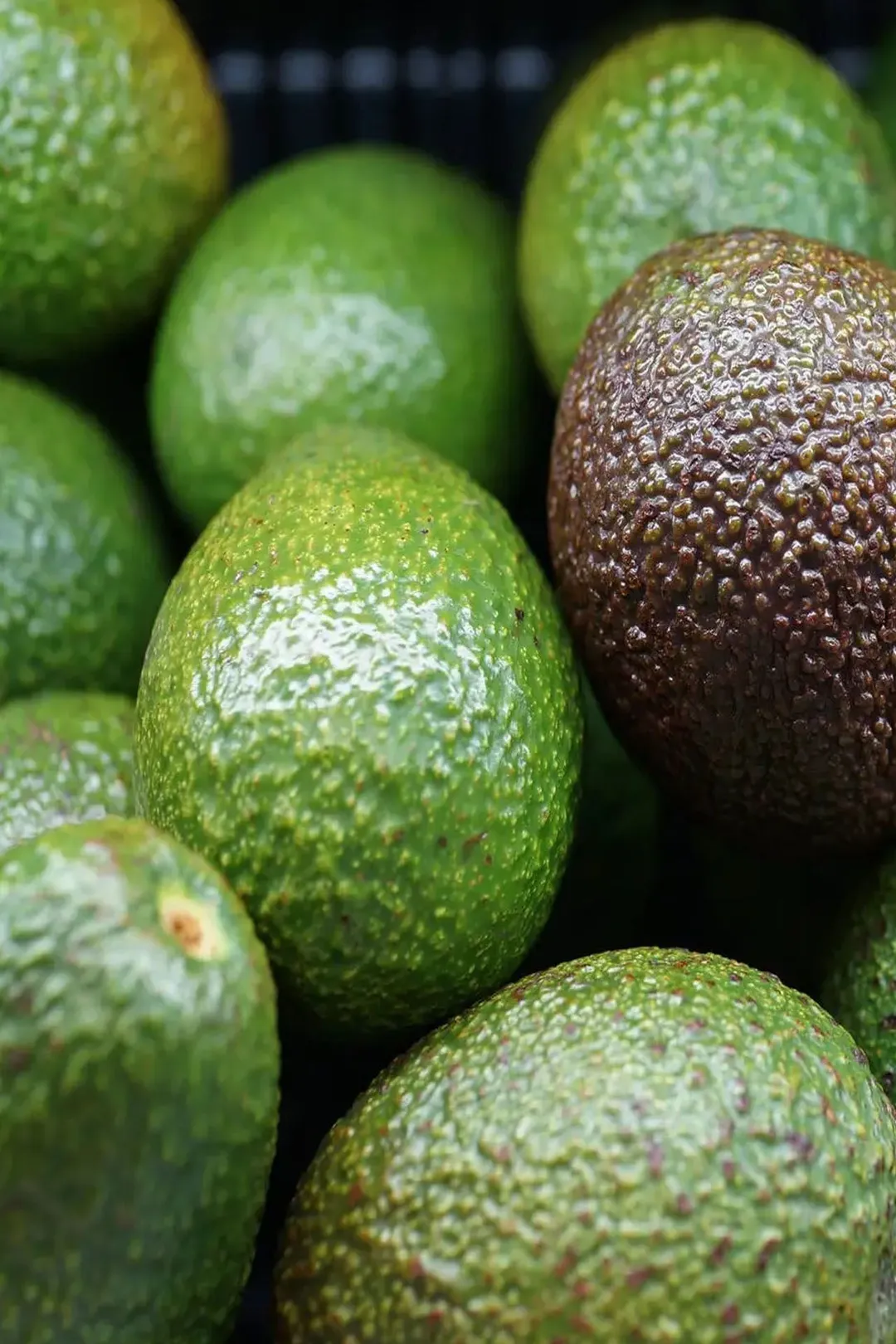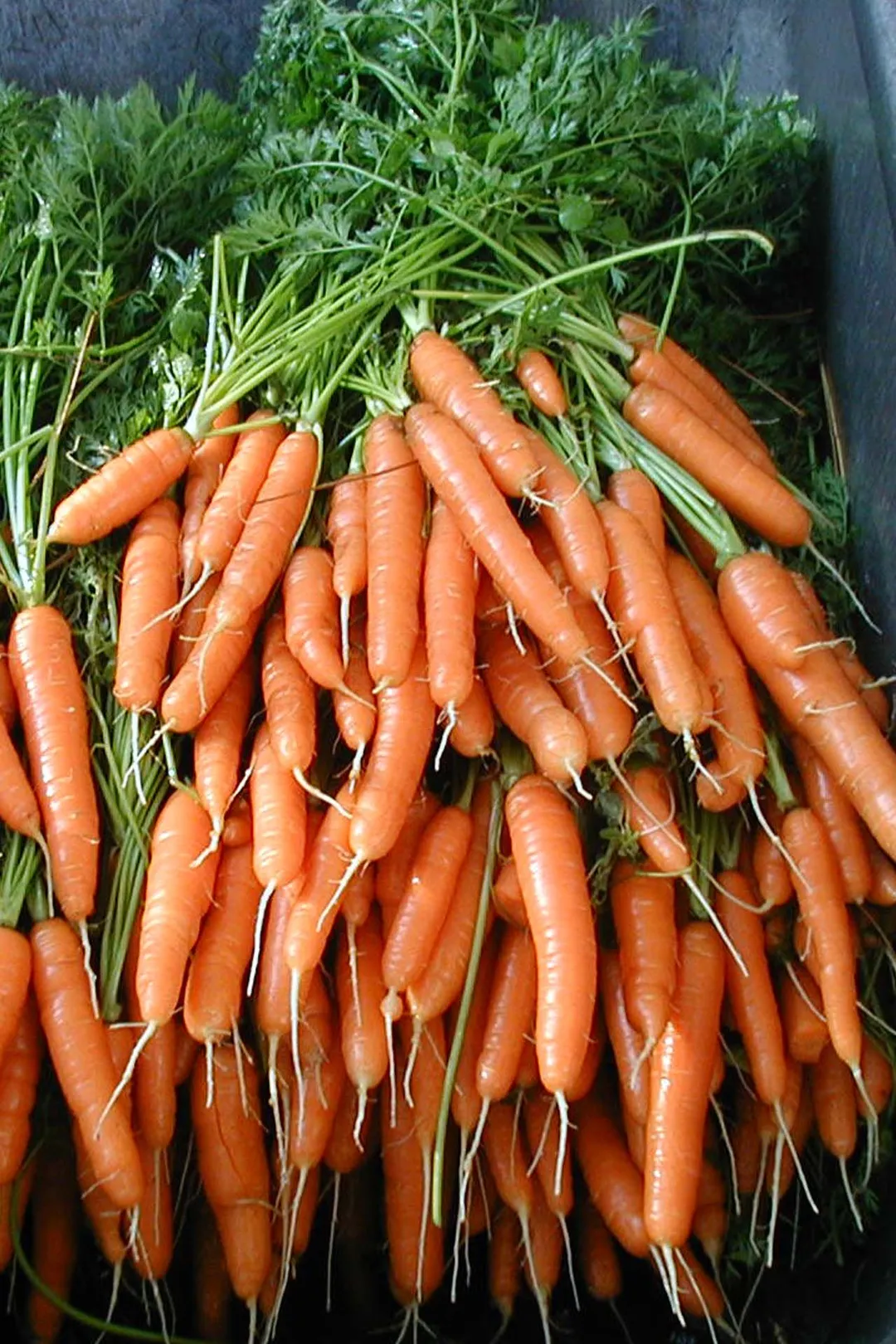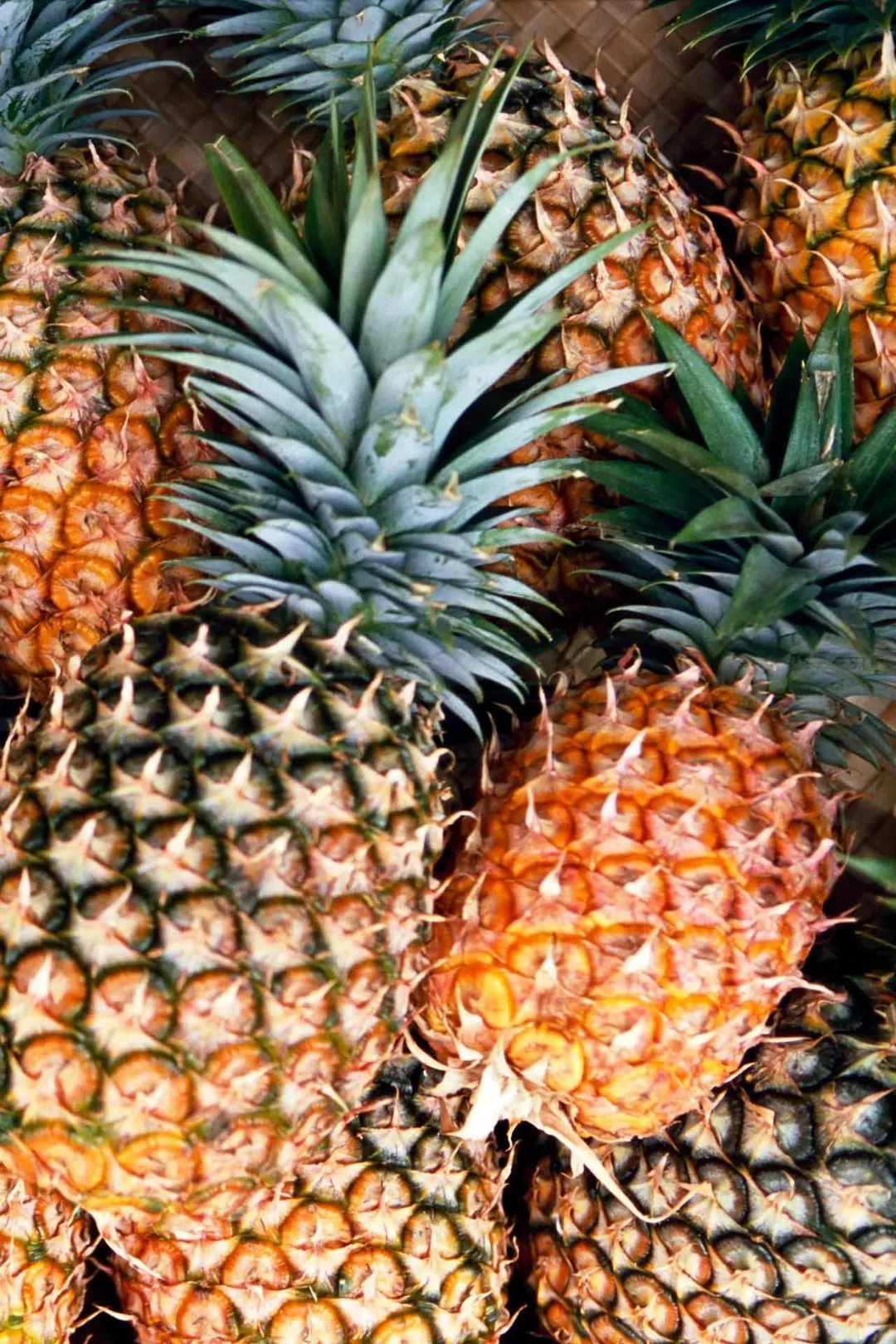Avocado may be a superfood that’s densely-packed with nutrition and flavor, but it’s got one flaw; it doesn’t stay fresh for very long. This is why it is so important to learn how to store avocados properly if you love this fruit.
The reason why avocados are so tricky is because of their fickle window of ripeness. You usually only have a day or two after the fruit turns ripe to finish it off. Else, it’s going to turn grey and mushy.
This guide will show you some tricks to extend your avocados’ freshness for as long as possible.
Avocados and Ripeness
Ripeness is a very important thing to keep in mind when you store your avocados. The stage your avocados are at will determine the most suitable storage method.
If your avocados are already ripe, you will want to store them somewhere cool like in the refrigerator. The cool temperature will slow down the ripening process and extend its freshness for 2 or 3 days.
On the other hand, unripe avocados must not be kept in the fridge. It will slow down the ripening process, eventually causing the avocados to turn bad. Instead, leave them at room temperature. Over the course of around a week, they will ripen. Once they do, you can either put them in the fridge or consume straightaway.
Note that these tricks are only applicable for whole avocados. Cut avocados are an entirely different ballgame.
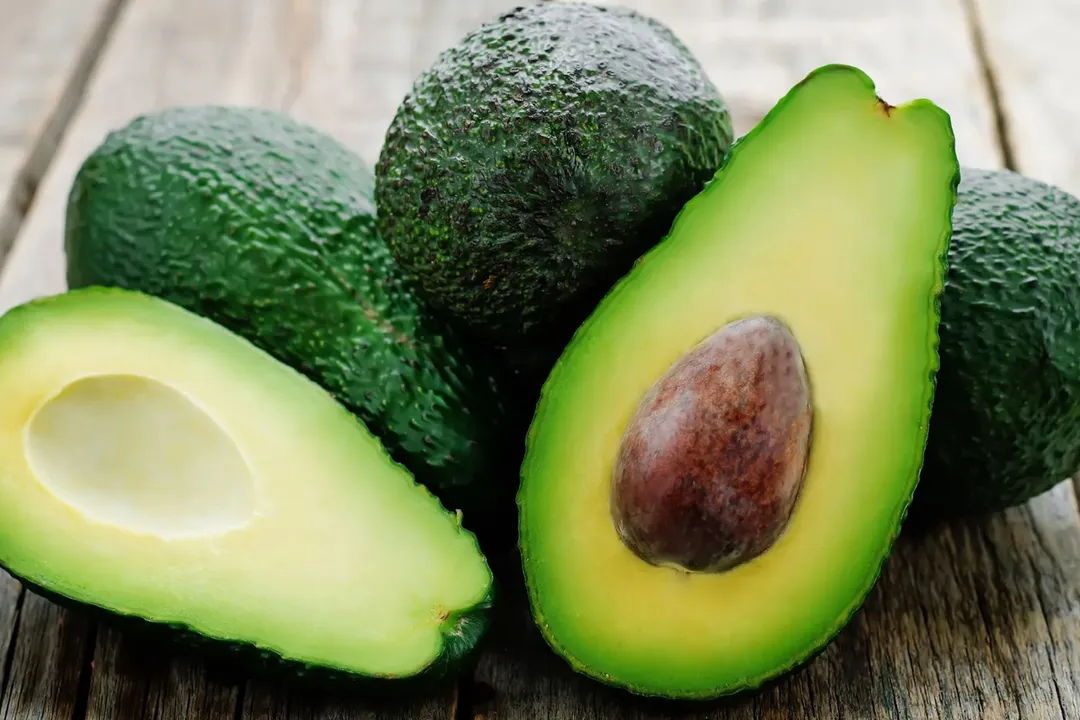
As soon as you cut through the skin, the flesh of the avocados is exposed to oxygen; the fruit’s worst enemy. It will oxidize an enzyme called polyphenol oxidase (PPO) and turn the avocado’s flesh brown.
Fortunately, browning is mostly an aesthetic issue. The avocado will still be safe to eat, but it may taste slightly bitter.
However, your avocados are not a lost cause if you happen to cut them up but can’t finish them in time. There are special methods that can help you salvage those avocado pieces.
How to Choose the Best Avocados
With that said, it’s important to plan ahead when purchasing your avocados. If you’re planning to eat them immediately, choose ripe ones (also called ‘ready-to-eat’ avocados).
Visually, a ripe avocado will have a peel with a darker coloring. When gently pressed, the flesh should give in a little but not to the point of feeling mushy. The texture should be even throughout. There shouldn’t be any spots that are softer or tougher than others.
Additionally, it’s best to avoid avocados with bruises or dents.
However, because ripe avocados are softer than their unripe counterparts, they’re more susceptible to physical damage. Rough handling at supermarkets or farmers’ markets can cause bruising.
This is why it’s usually recommended that people buy unripe avocados and spend some time ripening them at home.
Unripe avocados are quite easy to distinguish. They have a bright, green peel and are as tough as rocks.
As usual, avoid universal signs of bad avocados like bruises, indents, hollowness behind the skin, or a loose pit.
The Best Ways to Store Avocados
There are three ways to store your avocados: keep at room temperature, refrigerate, or freeze.
If your avocados are unripe, store them at room temperature until they ripen. This can take around a week.
After that, you can choose to refrigerate or eat them straight away. Ripe avocados will survive 2 to 3 days in the fridge.
If you want to store avocados for the long term (months), the best way is to freeze them. Homemade frozen avocados will last around 5 to 7 months in the freezer.
You may notice that frozen avocados at the supermarket have an expiry date of much longer (8-9 months). Don’t worry, this is simply because they contain extra preservatives.
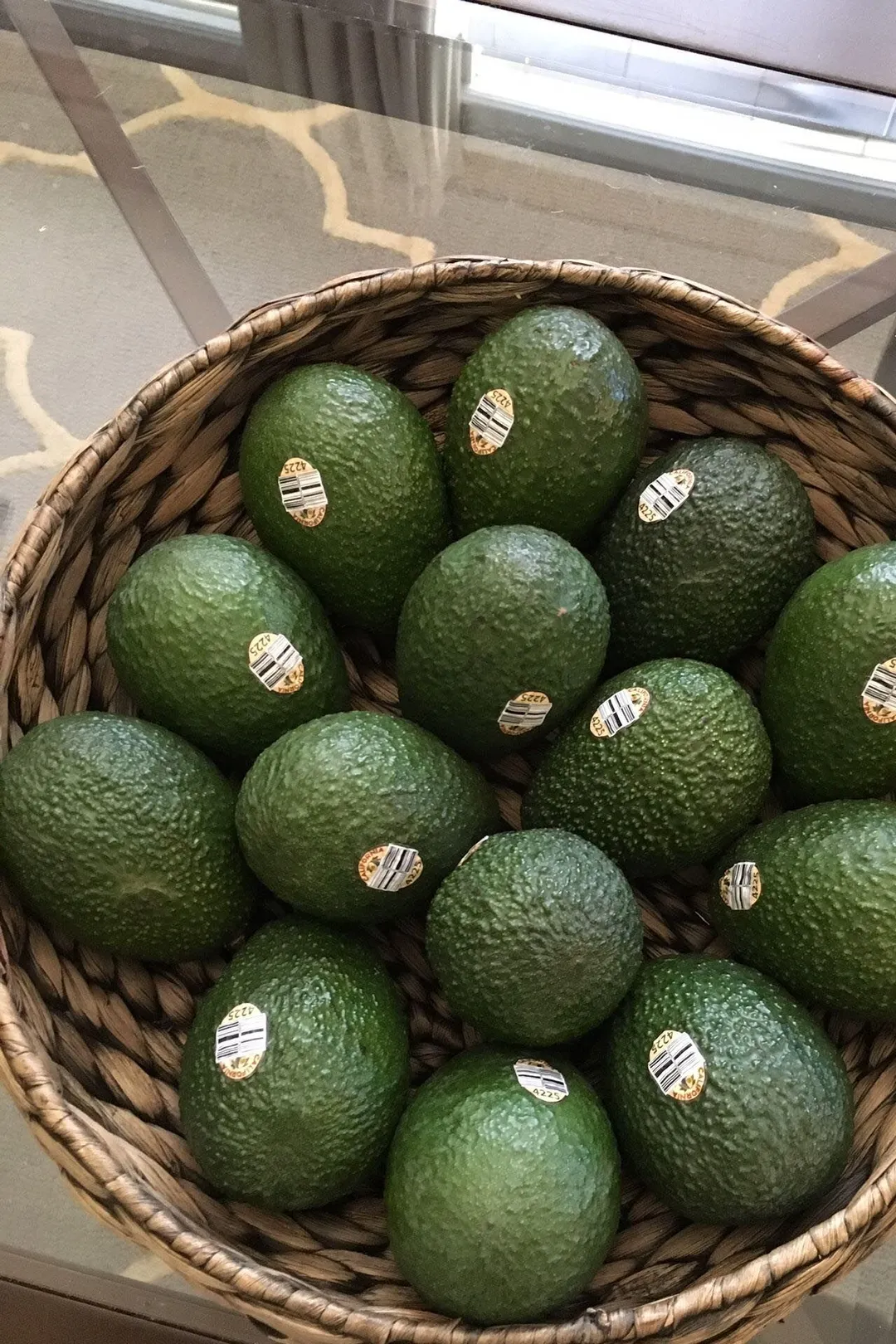
How to Store Avocados Properly and Safely
1. In the Fridge
This segment will focus primarily on how you can store whole avocados in the fridge. If you have already cut them into smaller pieces, proceed to the second segment.
- Ripe Avocados
If you have purchased ripe avocados, like we mentioned earlier, put them in the refrigerator. The coolness will prevent spoilage from setting in. It will slow down the ripening process, extending the time it takes for the fruit to go past its prime.
Please note you should store the avocados in your fridge’s low-humidity crisper drawer. Always keep in mind that high-humidity environments are not suitable for avocados. They will cause them to rot.
- Unripe Avocados
You cannot use the same approach for unripe avocados. If you put the avocados in the fridge, they will ripen too slowly and will eventually spoil. Instead, store at room temperature on a countertop first. This way, the ripening process can proceed as normal.
Once the avocados have ripened, you can put them in the fridge using the instructions above.
2. After Cutting
Once you have cut up your avocado into smaller pieces, you have three choices.
You can either preserve the two halves with lemon juice or unflavored olive oil, or store them in a water bath.
- Preserving with Lemon Juice
Preserving with lemon juice is the most popular because of its inexpensiveness and simplicity. Brush a layer of lemon juice onto the exposed flesh of the two halves. If you don’t have a brush, you can squeeze the lemon straight onto the fruit.
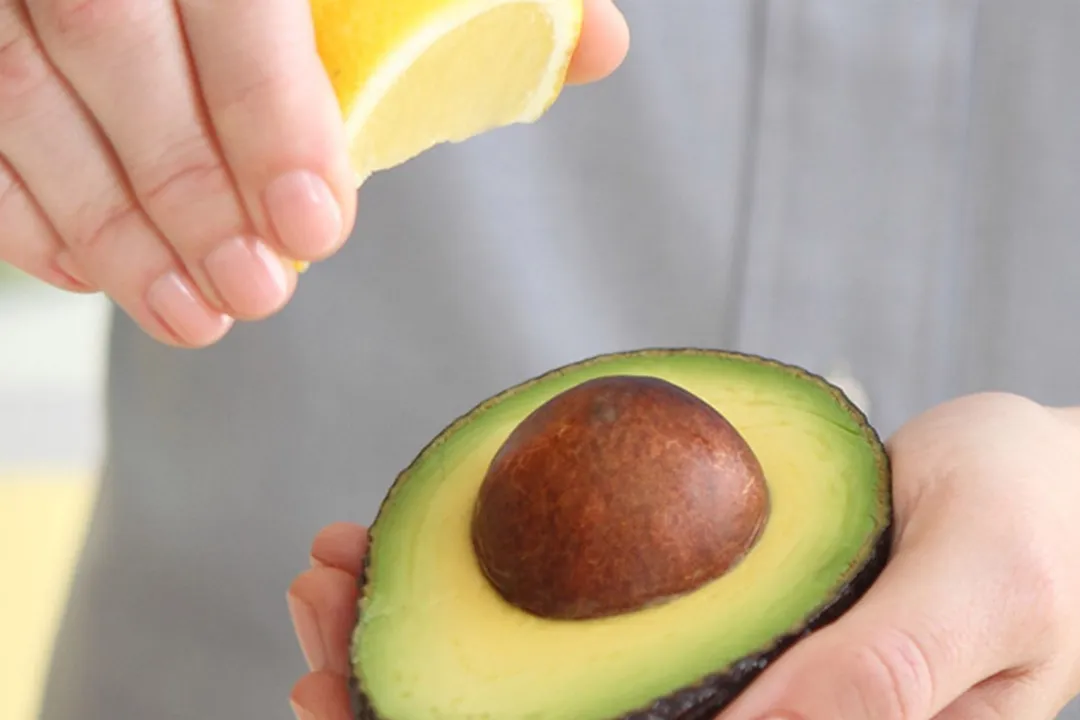
Then, put the two halves together and wrap them in plastic wrap.
Put the wrapped-up avocado in the fridge.
You can use this method to preserve both unripe and ripe avocados. In fact, this is the only method that you can apply with unripe avocados.
Lemon juice works as a preservative because of its high levels of ascorbic acid (vitamin C). It will nourish the two avocado halves, keeping them fresh, while also maintaining the ripening process.
- Preserving with Olive Oil
This method works in the same way: use a brush and cover the two exposed halves of the avocado. This time, instead of lemon juice, just use unflavored olive oil. Be very certain that the olive oil you got is unflavored. If it isn't, your avocado’s taste will be affected.
- Preserving in a Water Bath
If you can’t stand the taste of lemon or olive oil in your avocado, this is the best method. Take out a plate and fill it with a small amount of water. Then, place the avocado on the plate, exposed side down.
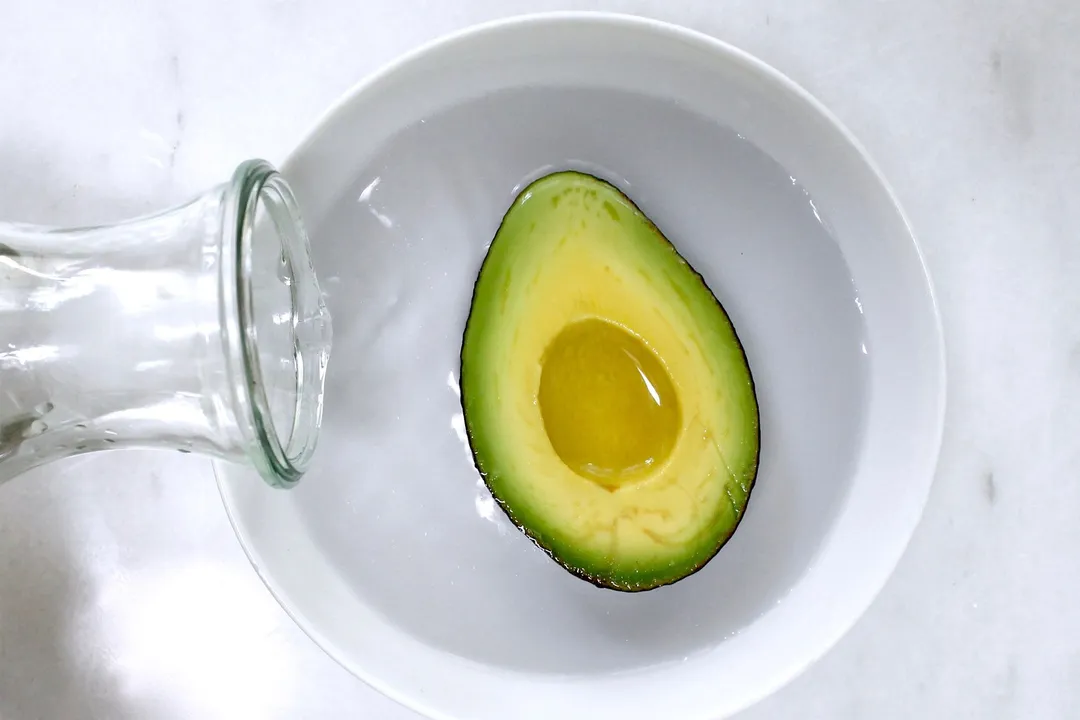
Wrap the plate with plastic wrap, then put it in the fridge.
The avocado will remain fresh for a few days. However, note that the avocado will become slightly slimy.
3. How to Freeze Avocados
Cut a ripe avocado in half, remove the pit, and then peel off the tough outer skin.
Spray the two halves with a little lemon juice to keep them from browning. After that, wrap the halves with plastic wrap.
Put them in the freezer and allow to freeze overnight at 0°F.
The next day, when the avocado halves have frozen nicely, transfer the wrapped halves into a freezer-safe airtight container. Label the container with the name and date.
They should last for 5 to 7 months thereafter.
Conclusion
Learning how to store avocados can be quite complicated. But in the end, it’s well worth the time and effort spent. Plus, since avocados are quite expensive, storing them in the right way will save you quite a lot of money in the long run!
Tuyet Pham
Head Chef, Culinary ConsultantLuna Regina
Writer, Author